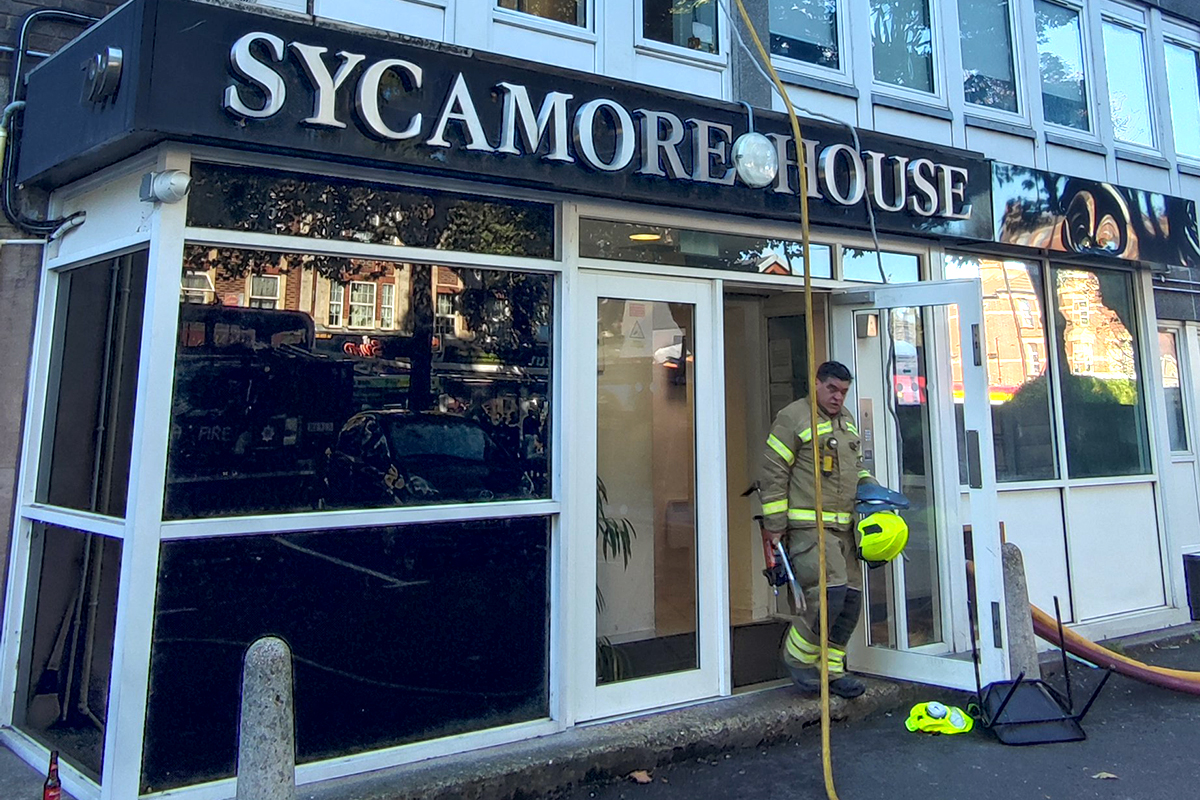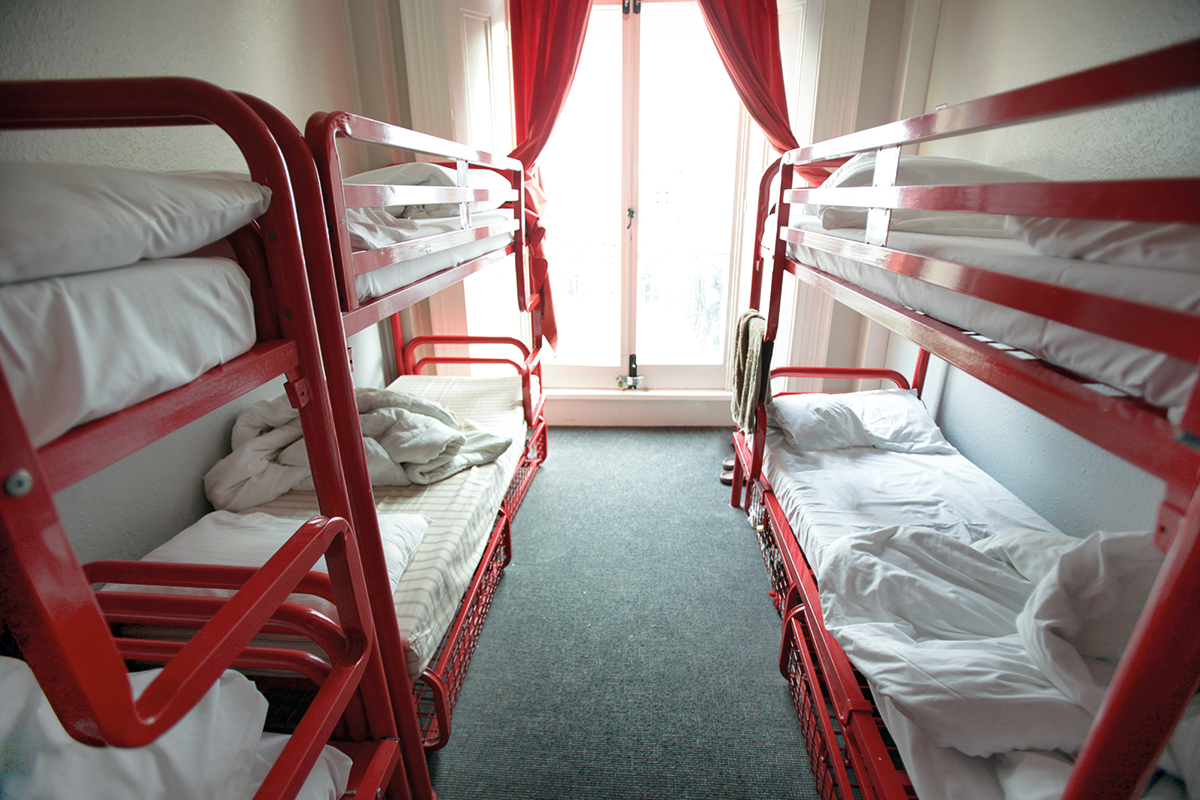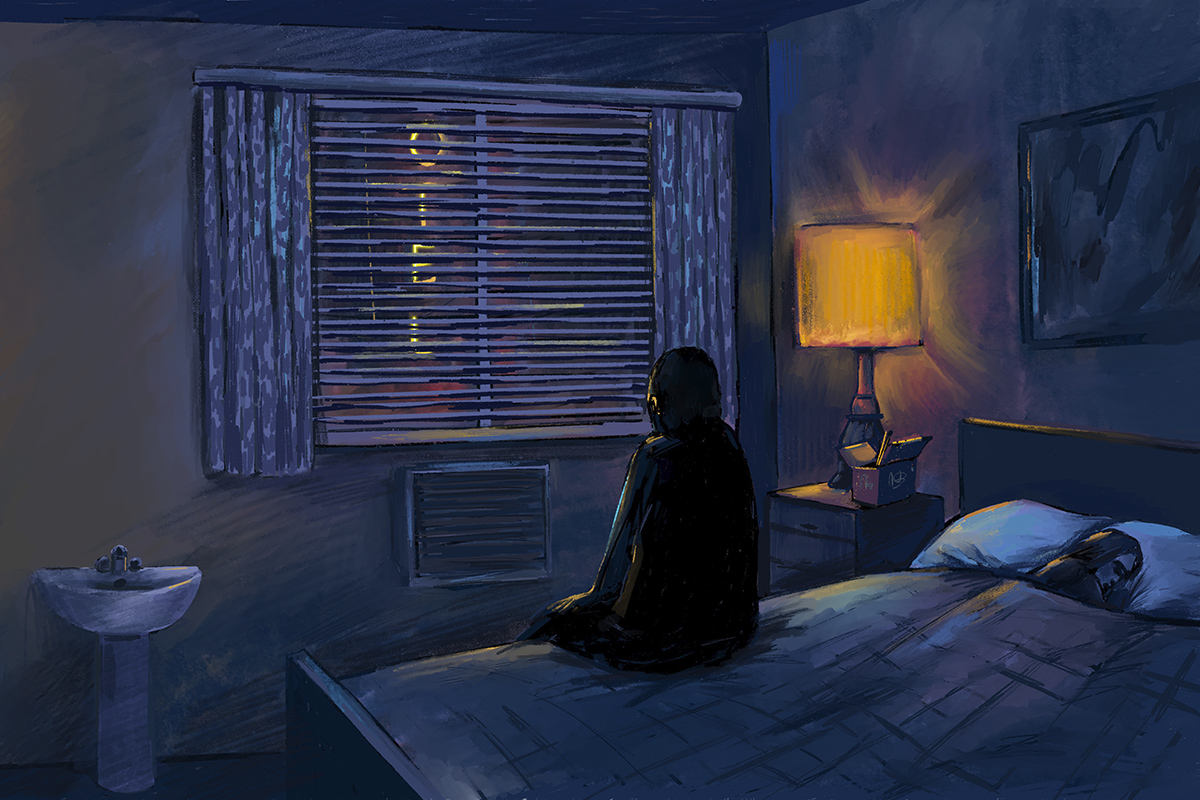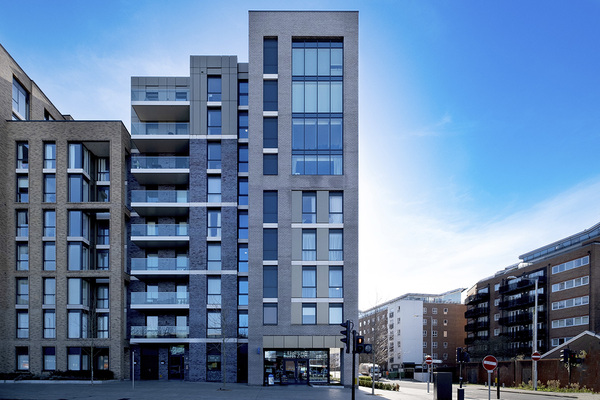More than 26,000 under-fives living in temporary accommodation, new data shows
More than 26,000 children under five are homeless and living in temporary accommodation in England, new data gathered by Inside Housing reveals.

Inside Housing sent Freedom of Information requests to local authorities, asking how many children under five were in temporary accommodation in their areas.
While authorities publish figures for the number of children, they do not provide any further demographic data. However, some gather these figures for monitoring purposes and 22 authorities were able to provide a number. These included some large London boroughs, and represent more than 20% of England’s temporary accommodation population.
These boroughs had a combined 5,932 children under five in temporary accommodation, with the largest number in Newham in east London, where there were 1,773.
The figures showed that 38.6% of families in temporary accommodation in these boroughs had a child aged under five, with 1.16 children under five per household on average.
If these figures were representative, they would indicate that 22,976 households with children under five were in temporary accommodation at the time of the most recent snapshot figure, with 26,641 children under five in temporary accommodation in total.
This is equivalent to 900 primary school classes, or the entire population of children aged under five in one of the UK’s major cities.
Responding to the figures, Debbie Garvie, policy manager at Shelter, said: “Basically, temporary accommodation is the new social housing. It’s where you end up if you can’t afford the market and the state accommodates you. That used to be social housing, but now it’s temporary accommodation.”
She added: “For families with under-fives, it’s really hard for the parents. Once they’ve put their kids down at seven in the evening there is nowhere for them to go. Some of them just have to sit there with the lights off all evening.”
Ruth Jacob, policy and parliamentary affairs manager at Crisis, said: “A lot of this comes down to the massive shortage in housing supply, due to not building enough truly affordable housing. We have seen the number of households who can move into social housing decline massively. And that’s led to a huge increase in those stuck in temporary accommodation for a huge length of time.”
Jane Williams, chief executive of the Magpie Project, which supports homeless mothers in Newham, said: “All of the information about how to mother just doesn’t work [for homeless families].
“Even if you think about really basic things, like a bedtime routine, that’s impossible. Weaning, that’s impossible. All of these things that have been passed down generations about how to mother are made impossible by this housing situation.
“It’s the definition of torture to have that taken away from you. Everything in your body is screaming at you to make your surroundings safe for your child and you just can’t.”
She added: “These homes are not fit for human habitation. They are full of mould and we see children hospitalised because of mould and damp. There are infestations of mice, bed bugs. Those things are so prevalent, they are everywhere.”
The number of families with children in temporary accommodation has rocketed since 2010, when 37,620 families were in temporary housing.
At the last snapshot figure, going up until June 2022, there were 59,500 – with the figure expected to rise sharply in the coming months due to the cost of living crisis and soaring private sector rents.
Homeless families are often unable to access social housing, which has been sold off in large numbers or demolished, with cuts to government grant meaning very few new homes are built or acquired.
In 2010, 39,562 social rented homes were built in England, but in the last financial year that had crashed to 7,528 – with most government-funded homes now for higher ‘affordable’ rents or shared ownership.
Families are only allowed to claim benefits equivalent to the lowest third of market rents in their area, and this figure has been frozen for three years.
This means that as rents rise, benefits do not – quickly resulting in an absence of options for those who require benefits to support them in paying the rent.
Homelessness is also driven by ‘no-fault’ evictions, which the government promised to ban more than three-and-a-half years ago but still continue to take place. In the last quarter for which data exists, 5,940 households were served with a no-fault eviction notice.
Sign up for our homelessness bulletin
Already have an account? Click here to manage your newsletters












